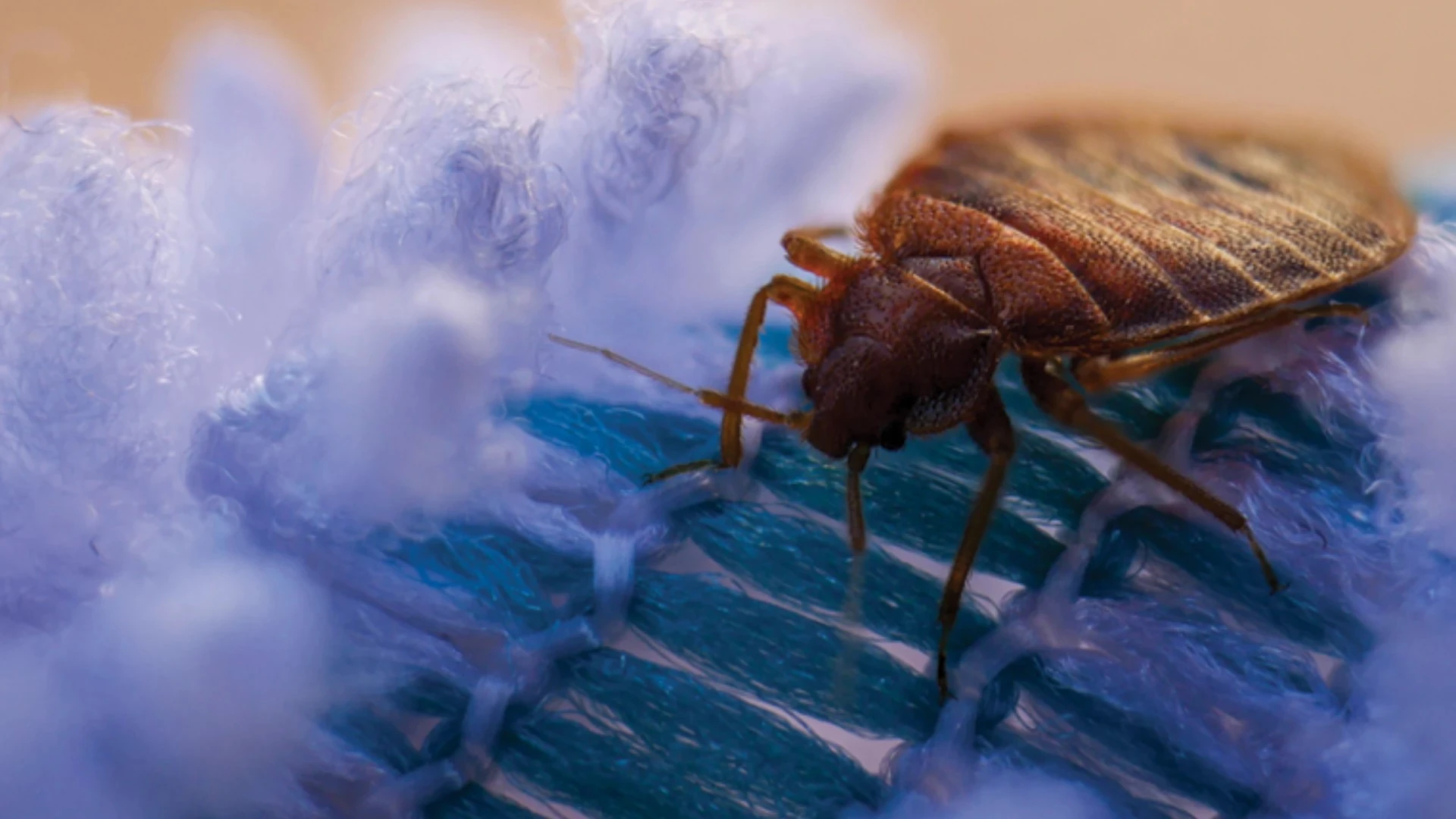Disappointed in
Sustainability Coverage
The article on sustainability development (December PCT, page 36) was one that leaves me questioning what PCT and Dr. Hamon are trying to get across to PCT’s readers. I’m for new products and new ideas but this article goes beyond that. It also bases some of its reasoning on global warming, which is something that is turning out to be of non-existence. I’m disappointed that a magazine that I use in my business seems to be in support of this rationale.
David Jefcoat
David Jefcoat Pest Control
Brandon, Miss.
*****
A Fine Choice
I want to commend PCT magazine on the selection of Allen James as its 2010 Professional of the Year (December PCT, page 28). Having worked with Allen for much of the past decade, and as a former chairman of RISE, I cannot think of a better individual to receive this award. The companies and industries represented by RISE have truly benefited from Allen's leadership and direction. It was my honor to serve alongside such a great industry supporter.
Stephen P. Briggs
Vice President of Sales
Cheminova
Research Triangle Park, N.C.
*****
FAV PHOTOS
My favorite photos from PCT’s eighth annual photo contest are hands-down the flying termite, harvester ant and ogre-faced spider. The first two especially should get points for serendipity and the difficulty in photographing something that is rarely seen or photographed. Having personally been on the ground working with harvester ants, I can appreciate the challenge. Besides mosquitoes and chiggers, harvester ants pack a pretty good sting themselves.
Mike Merchant
Professor and Extension
Urban Entomologist
Texas AgriLife Extension
Dallas, Texas
Editor’s note: To see this year’s winning photo, as well as a number of runners up, see page 26 of this issue. Then let us know which one is your favorite!
*****
An Unhappy Pest-Filled 2010
From its inception on Dec. 2, 1970, the Environmental Protection Agency has done everything in its power to deprive Americans of the protection against insect and rodent pests that is afforded by the proper use of pesticides.
I know this from personal experience because in the 1980s I worked with a company that produced a pesticide called Ficam. Following its introduction, it was immediately embraced by the pest control industry because, not only did it work wonders against a broad spectrum of insect pest species, it was applied with nothing more toxic than tap water!
It costs several millions of dollars to get a pesticide registered with the EPA because they are subject to all kinds of field and laboratory tests to ensure they do not pose an unacceptable risk to the public. Despite having secured registration, the EPA came back to the company within a decade and demanded it re-register the product. The company decided to no longer market Ficam in America.
This is just one example, but perhaps the worst was the way the EPA denied access to Dursban, a Dow AgroSciences product that was so effective and widely used for such a long time that it was evident it posed no threat to humans unless, perhaps, you drank it right from the bottle or injected it directly into your blood stream.
On June 10, 2000, using the power authorized by the 1996 Food Quality Protection Act, EPA decided that anything that good had to be a risk to public health and forced the company to restrict it to agricultural use only. Some 80 popular pest control products used Dursban as a component, but you can no longer find them in your home and garden store.
The latest effort to deprive Americans of any protection against Mother Nature’s most active vectors of disease, insect and rodent pests was announced in late December. The EPA requested public comment on options for disclosing inert ingredients in pesticides. This is a required charade before the EPA is allowed to do what it has already made up its mind to do. Inert ingredients are part of the end use product formulation and are not, by definition, active ingredients.
Pesticide manufacturers usually only disclose their inert ingredients to EPA. More than 350 inert pesticide ingredients are at risk. This latest attack on the public’s access to pesticides was in response to a petition by the Northwest Coalition for Alternatives to Pesticides. These demented "environmental" groups exist for the single purpose of leaving the public vulnerable to a list of diseases spread by insects and rodents.
If you’re a big fan of Salmonella, dysentery, murine typhus fever, leptospirosis, trichinosis, gastroenteritis, Lyme disease, West Nile virus, bubonic plague, and a host of other diseases spread by insect and rodent pests, you are going to love the EPA because it has been doing everything in its power to bring about their spread. Much of what we accept as public health today is based on the use of pesticides by trained, licensed, and certified pest control professionals.
In the endless effort to make schools "safer" for those condemned to 12 years of incarceration in them, Congressman Rush Holt (D-NJ) has introduced H.R. 4159, the School Environment Protection Act (SEPA) to inflict a one-size-fits-all piece of legislation on American schools from Alaska to Alabama. Suffice it to say, different states and regions of the nation have different insect and rodent pest populations. There are vast numbers of different species and each has specific habits and habitats.
At the request of Beyond Pesticides, yet another group devoted to leaving children and adults vulnerable to an astonishing variety of pest species, Holt’s bill ignores the fact that 38 states have approved or implemented a state law or rule expressly related to the management of pests in schools. In many cases, these rules have been in place for more than 15 years.
No doubt the public will be deluged with studies asserting that pesticides are associated with acute illnesses due to exposure at school, but under the widely used standards of Integrated Pest Management (IPM) the likelihood of exposure is virtually non-existent. As Gail Charnley, a former president of the Society for Risk Analysis, once said, "The whole field of endocrine disruption is a conclusion in search of data."
It’s bad enough that the EPA is insanely insisting that carbon dioxide, a gas vital to the growth of all vegetation on planet Earth, is a "pollutant," but these latest regulatory and legislative actions add up to just one thing, a very buggy 2010 and beyond if enacted.
Alan Caruba
Author and founder, The National Anxiety Center
South Orange, .N.J

Explore the February 2010 Issue
Check out more from this issue and find your next story to read.
Latest from Pest Control Technology
- Rentokil Terminix Expanded in Key Markets with 2024 Acquisitions
- In Memoriam: Joe Cavender
- Certus Acquires Green Wave Pest Solutions
- Liphatech Adds Alex Blahnik to Technical Team
- Do the Right Sting: Stinging Insect Identification, Management, and Safety
- VAGA's 8th Annual Veterans Thanksgiving Appreciation Dinner
- Clark's Blair Smith on the Response to Increased Dengue Fever Cases in Southern California
- WSDA, USDA Announce Eradication of Northern Giant Hornet from U.S.





